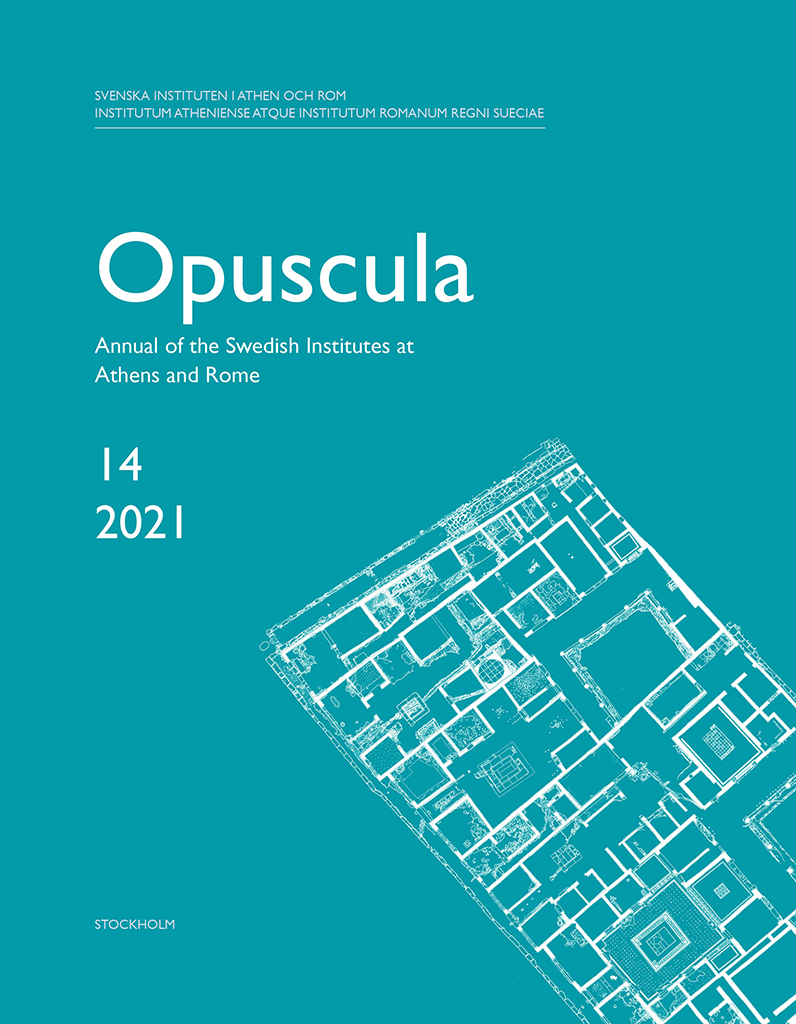Opuscula is published by the Swedish Institutes at Athens and Rome, with the aid of a grant from the Swedish Research Council. Distributed by Eddy.se AB. View journal at ERIH PLUS. All content available with open access. The Turkish harem in the Karyatid Temple and antagonistic narratives on the Athenian Acropolis By J.Z. Van Rookhuijzen (Utrecht University, The Netherlands) Abstract According to received history, the Karyatid Temple on the Acropolis of Athens (commonly known as the “Erechtheion”) was, in the city’s first Ottoman period (1456–1687), converted into a Turkish harem. In this article, I investigate the story by scrutinizing sources from this period. I argue that the notion of the harem, although historically suspect, found fertile ground in an orientalist worldview that has been prevalent among western visitors and scholars. I propose that the tale may have been inspired by the temple’s conspicuous Karyatid statues. I close by considering the story of the harem as part of a phenomenon of “antagonistic narratives” (stories that concern the desecration or destruction of monuments by enemies) in history and archaeology. The article offers new perspectives on later uses of and stories about the Karyatid Temple, on western attitudes towards the presence of Turks…

